In the dynamic realm of mobile app development, choosing the right framework is essential for attaining success. Flutter and React Native emerge as leaders in this domain, with each commanding a substantial portion of the market.
Flutter, with over 2 million users since its inception, and React Native, adopted by over 42% of developers worldwide, has become the go-to choices for building robust mobile applications.
Their unique strengths have underpinned the success of countless apps, and as technology continues to advance, the debate intensifies among developers and businesses about which platform is better suited to meet their evolving needs.
-
- Exploring React Native
- Popular apps created using React Native
a) Facebook
b) Instagram
c) Airbnb
d) Bloomberg Consumer App
-
- Understanding flutter
- Popular apps created using Flutter
a) Google Ads
b) Alibaba
c) Hamilton Musical’s Official App
d) BMW
- Advantages and Disadvantages of React Native
- Advantages and Disadvantages of Flutter
- Comparative Analysis
- Conclusion: Flutter vs. React Native
Exploring React Native
React Native, developed by
Facebook, is a JavaScript framework that enables the creation of native mobile applications for iOS and Android using a single codebase.
It leverages React,
Facebook's JavaScript library for building user interfaces, allowing developers to write modules in Java, Swift, or Objective-C.
React Native's approach to 'learn once, write anywhere' has garnered a significant following in the developer community.
Popular Apps Created Using React Native
Facebook:

- The social media giant uses React Native for key parts of its app, ensuring a smooth user experience across different platforms.
- React Native's framework allows Facebook to implement and push new features quickly across all platforms, enhancing the app's functionality.
- Despite the heavy data usage, Facebook maintains optimal performance on mobile devices
Instagram:
- Leveraging React Native, Instagram offers a consistent and responsive interface on both iOS and Android devices.
- Instagram's transition to React Native resulted in a significant increase in development speed, enabling faster updates and feature rollouts.
- The use of React Native has allowed Instagram to offer more engaging features like stories and reels smoothly across different devices.
Airbnb:
- Utilizes React Native to provide a seamless cross-platform booking and browsing experience for its global user base.
- Airbnb benefits from a unified codebase for iOS and Android, simplifying maintenance and updates.
- The app's user-friendly interface, which includes easy navigation and booking features, is powered by React Native's robust UI capabilities.
Bloomberg Consumer App:
- Developed with React Native, this app delivers interactive and personalized news content, demonstrating the framework's ability to manage dynamic data effectively.
- The app efficiently handles real-time data updates, providing users with the latest news and market trends.<
Understanding Flutter
Introduced by Google in 2017, Flutter is an open-source UI software development kit used to develop applications for Android, iOS, Linux, Mac, Windows, Google Fuchsia, and the web from a single codebase.
It employs the Dart programming language and is recognized for its rapid development cycles, expressive and adaptable user interface, and native-level performance.
Flutter's unique approach to UI design allows developers to create highly customized and visually appealing interfaces with ease.
Popular Apps Created Using Flutter
Google Ads:

- Google Ads utilizes Flutter for its app, delivering a smooth and visually appealing user experience across multiple platforms.
- Ensures uniform functionality on both Android and iOS, providing a reliable platform for managing ad campaigns.
- The intuitive design and responsive interface of the app, powered by Flutter, lead to increased user engagement and satisfaction.
Alibaba:
- One of the world's largest e-commerce platforms, Alibaba leverages Flutter to enhance its mobile app's performance and design.
- Flutter's agility enables Alibaba to quickly implement new features and adapt to market changes.
- The app's ability to maintain high performance across various regions and devices is a testament to Flutter's robustness.
Hamilton Musical’s Official App:
- A Flutter success story, this app provides fans with a rich, interactive experience, showcasing Flutter's capabilities in handling multimedia content effectively.
- Offers fans exclusive content, including behind-the-scenes, which enhances the overall appeal of the app.
- Broad Accessibility: The app's smooth performance on a wide range of devices makes the Hamilton experience accessible to a broader audience.
BMW:
- The BMW app, developed using Flutter, offers a sophisticated and user-friendly interface for BMW vehicle owners and enthusiasts.
- It showcases Flutter's ability to handle complex functionalities and deliver a premium user experience in line with BMW's brand standards.
- The app serves as a testament to Flutter's capability in creating high-end, performance-oriented applications for leading global brands.
Advantages and Disadvantages of React Native
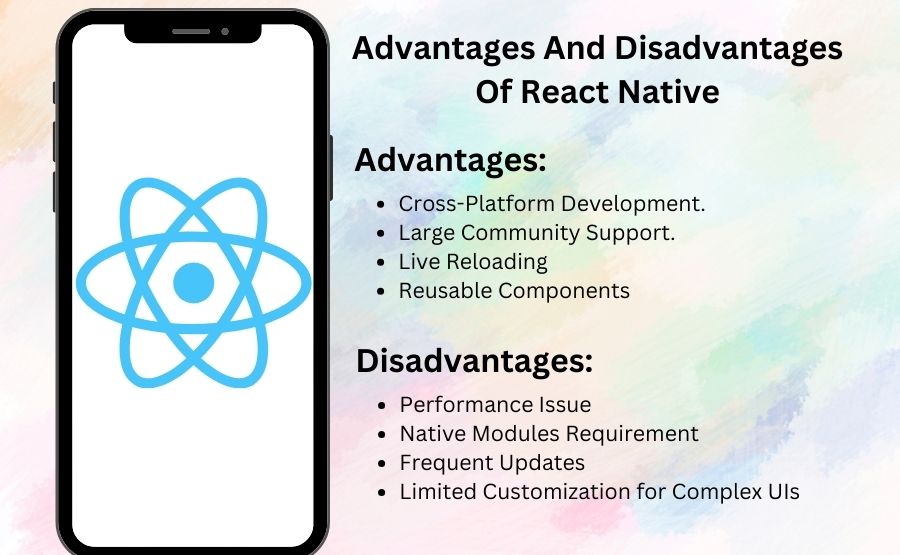
A) Advantages of React Native
Cross-Platform Development:
- React Native's biggest draw is its ability to allow developers to write code once and deploy it on both iOS and Android platforms.
- Reduces the need for separate development teams for each platform, streamlining the development process.
Large Community Support:
- Originating from Facebook and widely embraced, React Native enjoys a vast community, providing abundant libraries and resources.
- Offers a wealth of shared knowledge and troubleshooting support, which is invaluable for developers.
Live Reloading:
- This feature enhances developer productivity by allowing real-time code updates during development.
- Allows for faster iteration and testing, significantly speeding up the development cycle.
Reusable Components:
- React Native allows developers to reuse code components across different projects, significantly reducing development time and effort.
- Facilitates consistency and efficiency in app development, especially for companies managing multiple apps.
Cost-Effectiveness:
- React Native can be more cost-effective in the long run, especially for teams already proficient in JavaScript.
- The wide range of available third-party libraries can also reduce development time and costs.
B) Disadvantages of React Native
Performance Issues:
- For computation-intensive applications, React Native can lag behind native apps in performance.
- May not be the best choice for graphics-heavy applications or those requiring advanced animations.
Native Modules Requirement:
- Some features require native modules, which need developers proficient in native languages.
- Can increase the complexity and cost of projects if extensive native coding is required.
Frequent Updates:
- The rapidly evolving nature of React Native means developers must continuously adapt to new changes.
- Requires developers to stay constantly updated, which can be challenging and time-consuming.
Limited Customization for Complex UIs:
- While React Native is great for basic UIs, it can be challenging to implement complex, custom UI designs.
- This may necessitate bridging to native code for certain UI elements, adding to the complexity of development.
Potential Hidden Costs:
- While initial development might be faster, the need for native modules and potential performance optimization can introduce additional costs, especially if specialized expertise is required.
Advantages and Disadvantages of Flutter
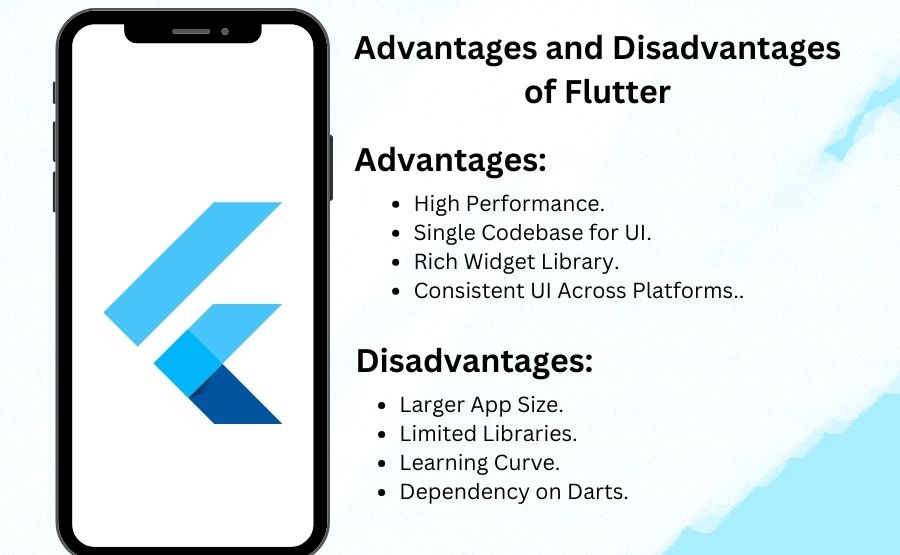
A) Advantages of Flutter
High Performance:
- Flutter’s compilation of native code ensures excellent performance.
- Ideal for complex animations and UI transitions, providing a smooth user experience.
Single Codebase for UI:
- Uses a single codebase for both logic and UI components, streamlining the development process.<
- Reduces the time and resources needed for app maintenance and updates.
Rich Widget Library:
- Provides a comprehensive suite of widgets that closely mimic native components.
- Enables the creation of highly customized and visually appealing interfaces.
Consistent UI Across Platforms:
- Ensures UI consistency across iOS and Android, providing a uniform look and feel.
- Reduces the need for platform-specific UI adjustments, saving development time.
Streamlined Development Process:
- Flutter's single codebase for both logic and UI can reduce development hours, potentially lowering costs, especially for complex UI/UX designs that are easier to implement with Flutter's widget library.
B) Disadvantages of Flutter
Larger App Size:
- Flutter apps tend to be larger than their native counterparts, which can be a drawback for marketplaces with size restrictions.
- This may lead to longer download times and higher data usage for end-users.
Limited Libraries:
- Being relatively new, Flutter has fewer third-party libraries compared to more established frameworks.
- Developers might need to build custom solutions for certain functionalities, increasing development time.
Learning Curve:
- Developers new to Dart and Flutter’s approach may face a steeper learning curve.
- Requires time and effort to master, especially for those not familiar with Dart.
Dependency on Dart:
- Flutter's reliance on Dart, a less commonly used language, can be a barrier for teams unfamiliar with it.
- May limit the pool of available developers who are proficient in Dart.
Initial Investment:
- While Flutter can save time and resources in the long run, the initial investment might be higher due to the steeper learning curve and the potential need for developers to learn Dart.
- Additionally, the larger app size might lead to increased costs for app delivery and maintenance.
Comparative Analysis
| Feature |
Flutter |
React Native |
| Language |
Uses Dart, offering a structured approach. |
Based on JavaScript, familiar to many developers. |
| Performance |
High performance due to direct native compilation. |
Moderate performance, may require optimization. |
| UI Components |
Rich widget library for customized interfaces. |
Relies on third-party libraries for advanced UI. |
| Community Support |
Rapidly growing community and resources. |
Extensive community support and resources. |
| Development Time |
Generally fast development process. |
Fast development, especially with hot reloading. |
| App Size |
Tends to produce larger app sizes. |
Produces smaller app sizes, beneficial for storage. |
Conclusion: Flutter vs. React Native
In the Flutter versus React Native debate, the decision heavily relies on the specific project requirements and the expertise of the team.
React Native, with its mature ecosystem and vast community, is ideal for projects requiring rapid development and cross-platform compatibility.
Flutter, on the other hand, shines in performance and offers a more unified development process, making it suitable for apps requiring complex UIs and high functionality.








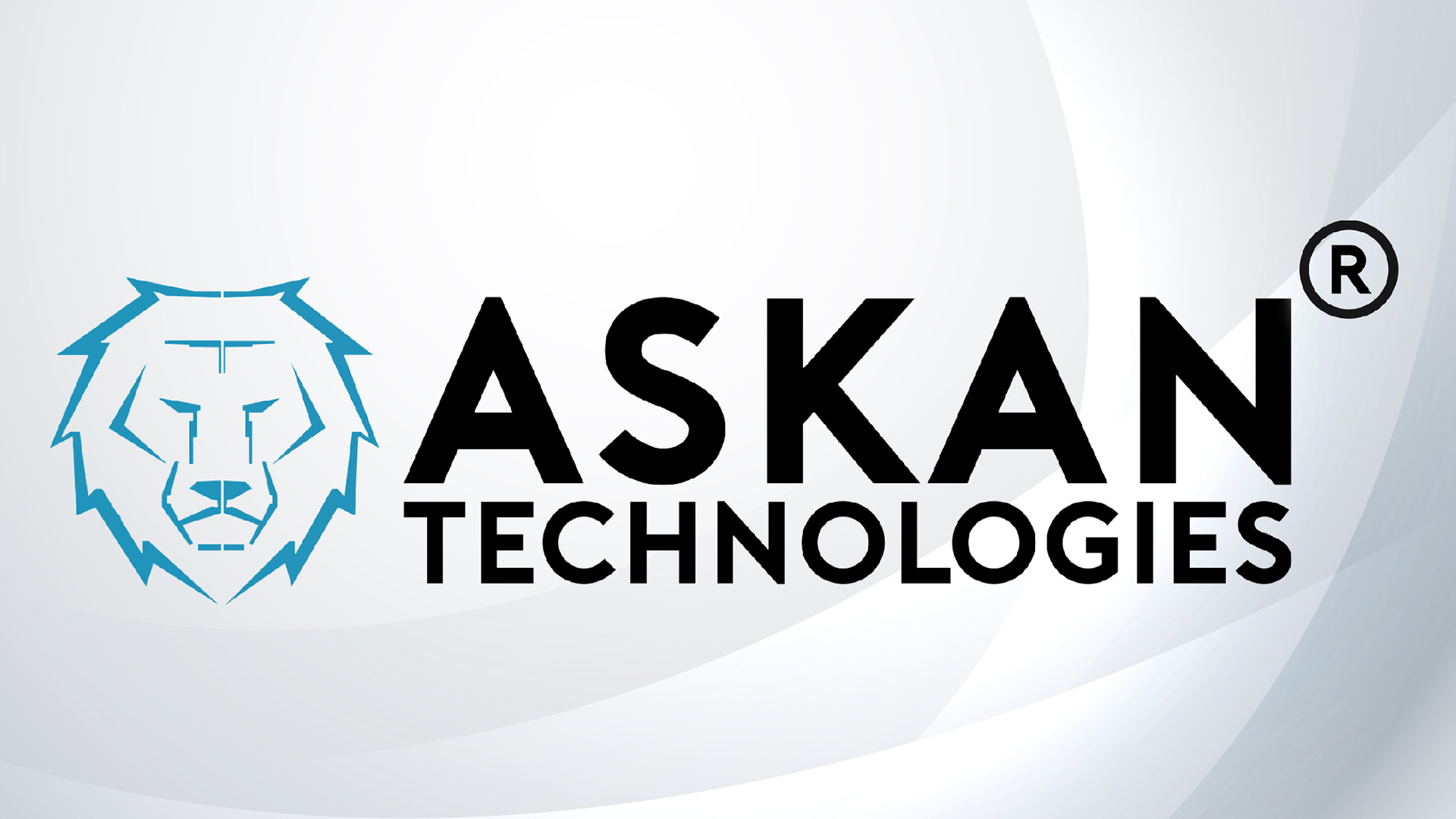

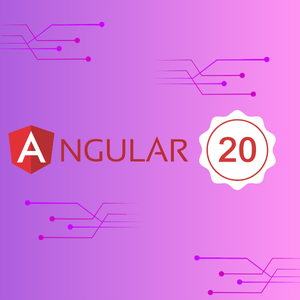
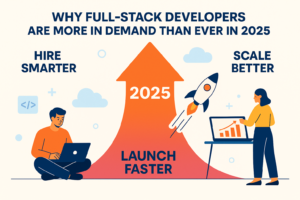

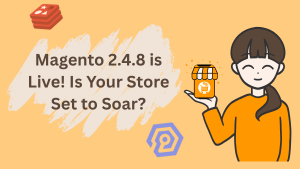
Flutter Vs React Native: Which Platform is the Best Fit for Mobile App Development?
In the dynamic realm of mobile app development, choosing the right framework is essential for...
Share this link via
Or copy link